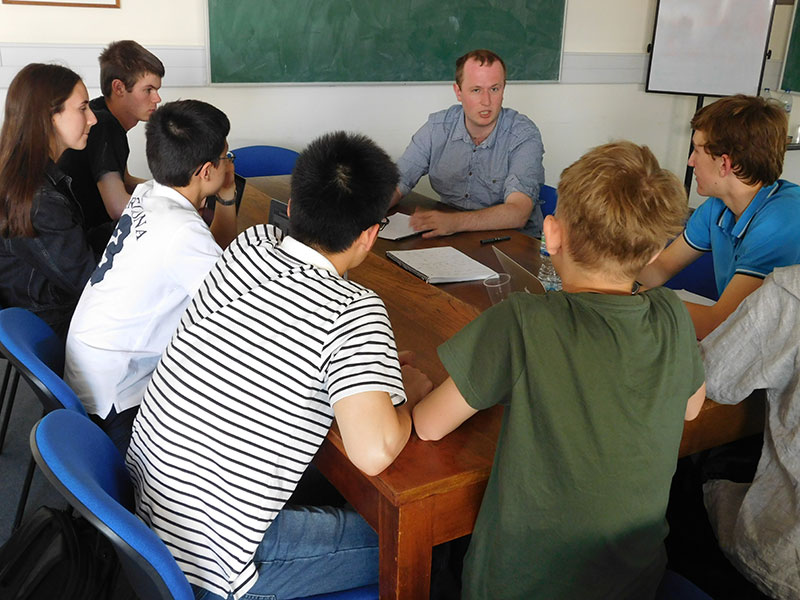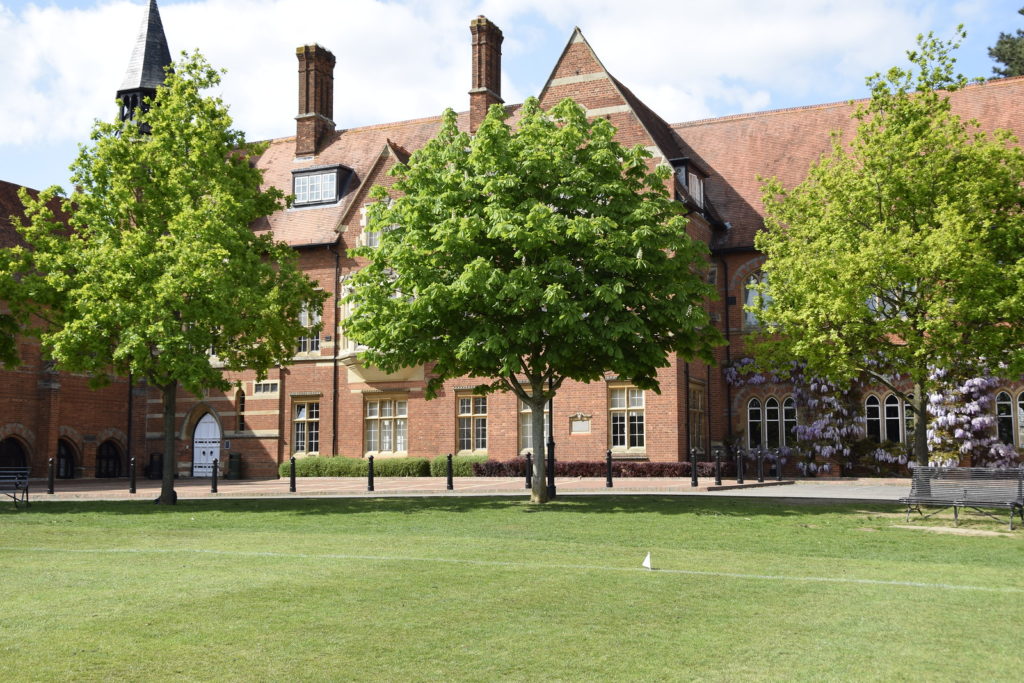26 June 2018
In 1933 British physicist Paul Dirac's prediction of the existence of the positron, the antimatter version of the electron, and that electron-positron pairs would annihilate to produce gamma rays was confirmed by observation. Dirac won the Nobel Prize.
In 1934 two physicists called Breit and Wheeler, predicted that, theoretically, the annihilation process could be reversed. However, this has never been observed and nobody has yet won a Nobel Prize for this. Until now perhaps, and with the help of the Abingdon Science Partnership and the Institute for Research in Schools (IRIS).
Physicists from Abingdon School, Fitzharrys School and John Mason School travelled to Imperial College recently to their first meeting with a group of physicists, led by Professor Stephen Rose and Dr Stuart Mangle. They have asked the school students to assist them with analysing the data from their recent experiments to find, for the first time, evidence of the Breit-Wheeler Effect using the Timepix particle detector, something the students have developed some expertise in doing over the past year at the Wednesday afternoon Science Factor club.
During the day at Imperial, the students were introduced to the aims of the project and the design of the experiment, which was run at the Diamond Light Source, only a few miles from Abingdon. The school students then discussed details of how the analysis would be done and contributed their own ideas, based on the experience they have developed with the detector.
They also had the opportunity to present the results of some of their own experiments with Timepix to the group of scientists. This a truly exceptional opportunity for the students and schools involved and could make them part of a ground breaking discovery in Physics.
If the experiment works, and the students find the elusive evidence for the Breit-Wheeler Effect, Einstein's famous equation will be re-written as m = E/c2
Read more about the experiment here.





